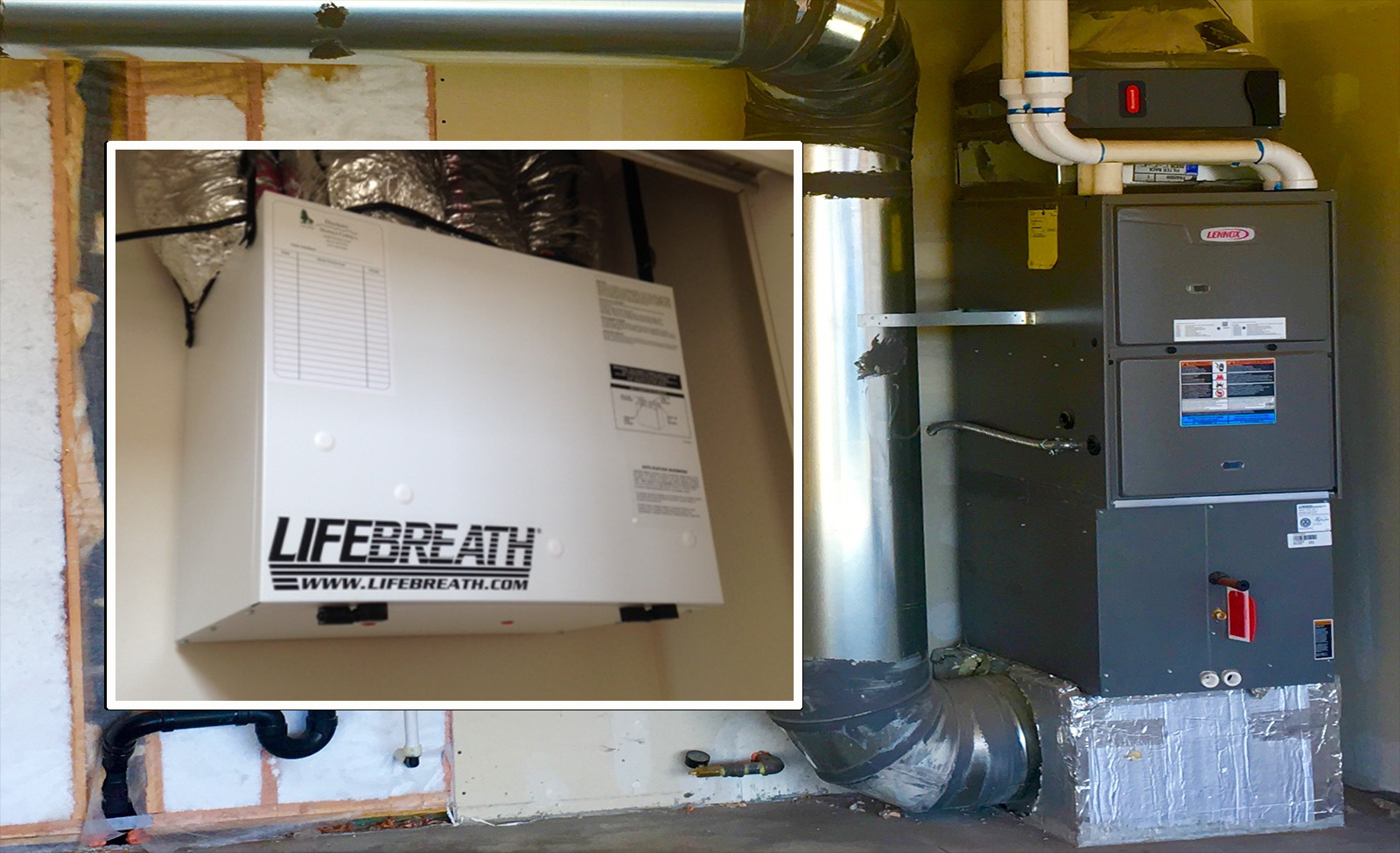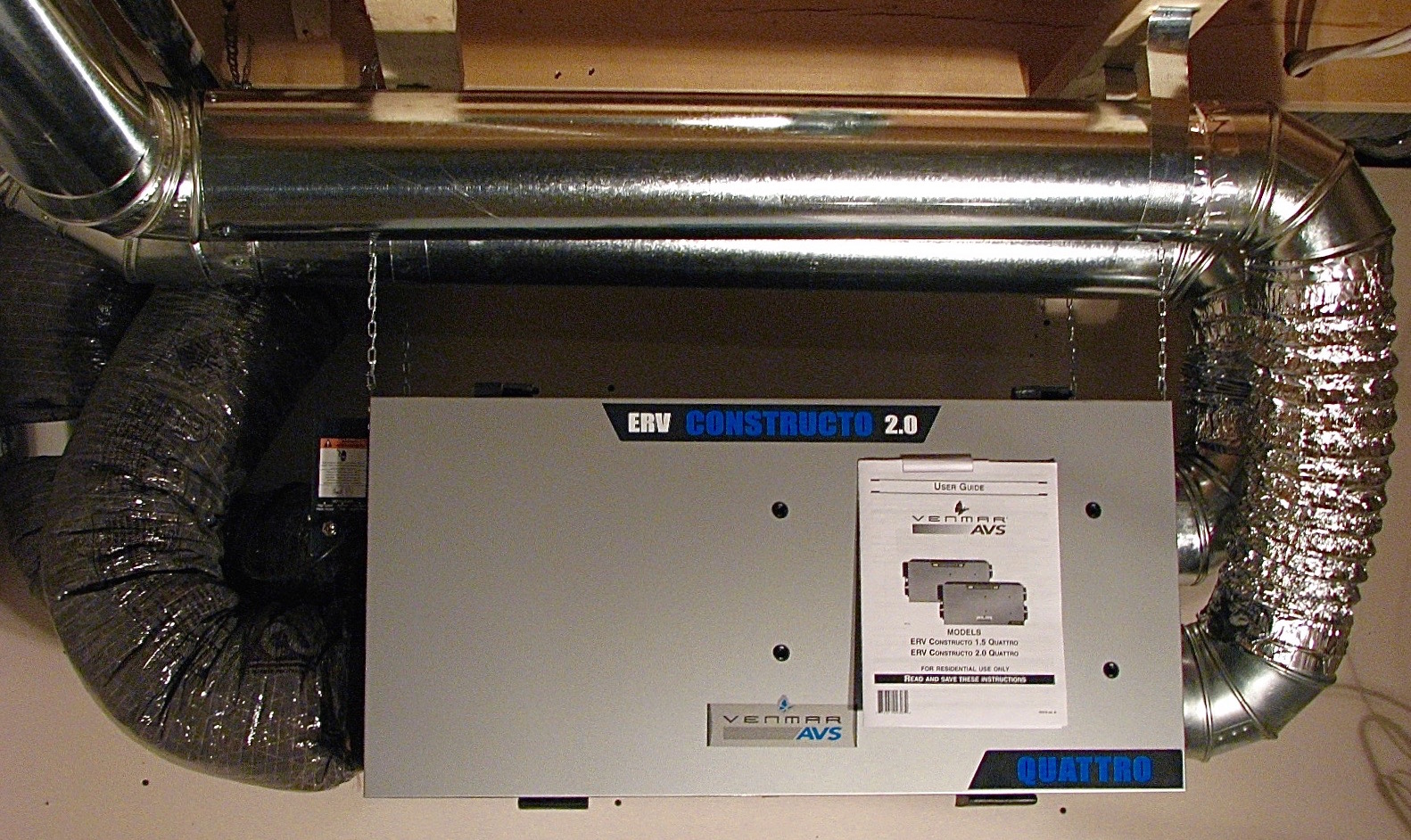Just How Heat Recovery Ventilation Boosts Indoor Air High Quality and Reduces Power Expenses
Heat Recovery Ventilation (HRV) systems play a crucial function in enhancing indoor air quality while all at once decreasing energy expenditures. By efficiently exchanging stale indoor air with fresh outside air, HRVs help maintain perfect humidity and lower contaminants. In addition, their ability to recover warm from outward bound air decreases the stress on home heating and cooling systems. As energy costs continue to rise, recognizing the full possibility of HRV systems becomes increasingly vital for homeowners and businesses alike.
Comprehending Heat Recovery Ventilation Systems

Heat recovery ventilation (HRV) systems play an essential function in improving indoor air top quality, especially in modern, energy-efficient structures. These systems are designed to transfer heat from the outbound stagnant air to the incoming fresh air, thus decreasing power loss while keeping ideal temperature level degrees inside. HRVs include a warm exchanger, fans, and ductwork, facilitating the continuous blood circulation of air. By removing indoor contaminants and presenting fresh air, HRVs help to balance moisture levels, avoid mold and mildew development, and decrease allergens. The performance of HRV systems hinges on their capacity to recuperate up to 80% of the heat from the worn down air, promoting power conservation while making certain a healthy interior setting. Their integration is crucial in accomplishing sustainable living practices.
The Importance of Indoor Air Quality
Indoor air quality (IAQ) is a crucial element influencing the health and wellness and well-being of residents in any environment. Poor IAQ can result in numerous health and wellness issues, including respiratory troubles, allergic reactions, and exhaustion. Furthermore, it can exacerbate status quo such as bronchial asthma. Variables adding to low IAQ include contaminants from interior resources like cleansing agents, mold, and inadequate air flow. Consequently, preserving good IAQ is essential for promoting a secure and comfortable living or functioning area. Effective techniques to improve IAQ entail routine tracking of air quality, appropriate ventilation systems, and decreasing the usage of dangerous compounds inside your home. By focusing on IAQ, individuals can guarantee a much healthier environment that fosters performance and total quality of life.
Energy Effectiveness Benefits of HRV Equipments
Numerous homeowners and structure managers are increasingly recognizing the power performance advantages of heat recovery ventilation (HRV) systems. By transferring heat from exhausted interior air to incoming fresh air, HRV systems substantially reduce the power required for home heating and cooling. This process reduces dependence on traditional a/c systems, bring about lower energy costs. Furthermore, HRVs assist maintain a well balanced interior climate, preventing extreme heating or cooling down needs. The capacity to recuperate as much as 90% of the warmth from outward bound air additionally sustains sustainability initiatives by minimizing overall energy intake. Subsequently, HRV systems contribute not just navigate here to set you back savings however likewise to a minimized carbon footprint, aligning with the expanding emphasis on energy-efficient structure methods.
Setup and Maintenance Considerations
The reliable implementation of heat recovery air flow (HRV) systems calls for mindful consideration of installment and maintenance variables to guarantee peak performance. Correct positioning of the HRV unit is essential, as it must be mounted in an area that makes best use of airflow while decreasing noise disruption. Furthermore, ductwork should be suitably sized and protected to avoid power loss. Routine upkeep, including filter substitute and system cleansing, is crucial to protect optimal capability and interior air top quality. Proprietors should develop a regular maintenance routine to identify and attend to potential concerns before they intensify. Cooperation with skilled specialists during both installment and maintenance phases can boost the long life and effectiveness of HRV systems, ultimately leading to much better indoor atmospheres and reduced energy expenses.
Real-World Applications and Success Stories
Exploring real-world applications of warmth healing ventilation (HRV) systems exposes their substantial influence on indoor air quality and energy performance across different setups. In household structures, homeowners have reported better air high quality, resulting in less allergic reactions and respiratory problems. Schools implementing HRV systems have noted improved trainee concentration and lowered absenteeism because of better air flow. Industrial buildings, such as offices and retail spaces, have actually experienced lower energy expenses and enhanced staff member efficiency. For circumstances, a company office in a warm environment achieved a 30% reduction in energy costs after installing an HRV system. These official source success tales demonstrate that HRV innovation not only adds to healthier atmospheres but also supplies concrete financial advantages, making it a useful financial investment for different industries.
Often Asked Inquiries
Can HRV Equipments Minimize Allergens in Indoor Air?
The performance of HRV systems in lowering indoor allergens mostly rests on their ability to filter and exchange air. HRV Heat Recovery Ventilation. By continually changing stale air, these systems can greatly decrease irritant degrees throughout indoor settings

How Does Moisture Affect HRV System Performance?
Humidity substantially affects HRV system performance; high levels can bring about condensation, lowering effectiveness, while low moisture may enhance air exchange. Stabilizing humidity is important for ideal procedure and preserving indoor air top quality.
Are HRV Solutions Noisy During Procedure?
HRV systems can produce differing noise degrees during procedure, depending upon their design and installment. Some units run quietly, while others might produce visible audio, particularly at greater air flow setups or when badly kept.
What Is the Typical Lifespan of an HRV System?

Can HRV Solutions Be Used in All Environments?
HRV systems can be utilized in different climates, however their efficiency may vary - HRV Heat Recovery Ventilation. In extreme temperature levels, adjustments or extra systems could be needed to ensure suitable efficiency and convenience while preserving indoor air quality